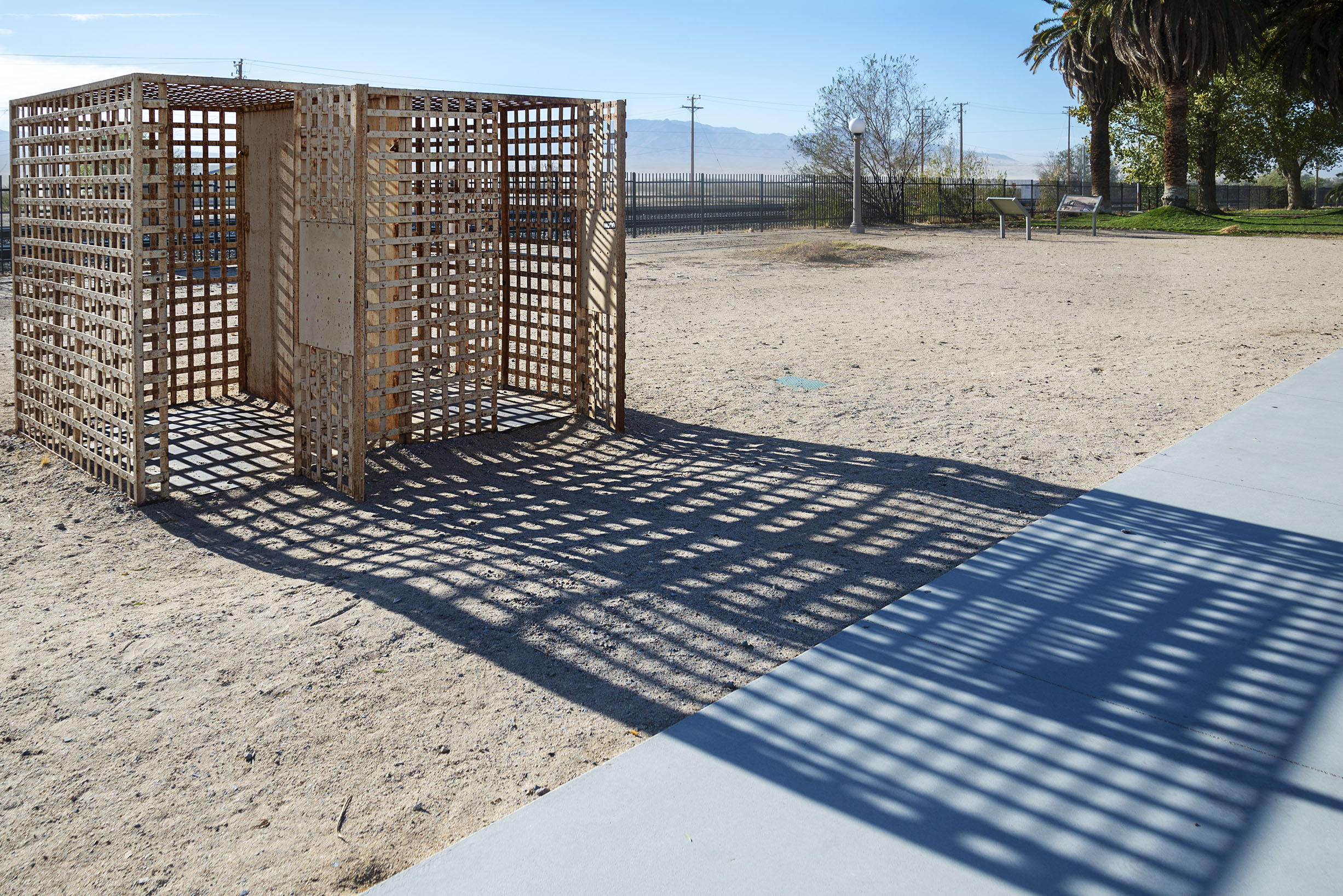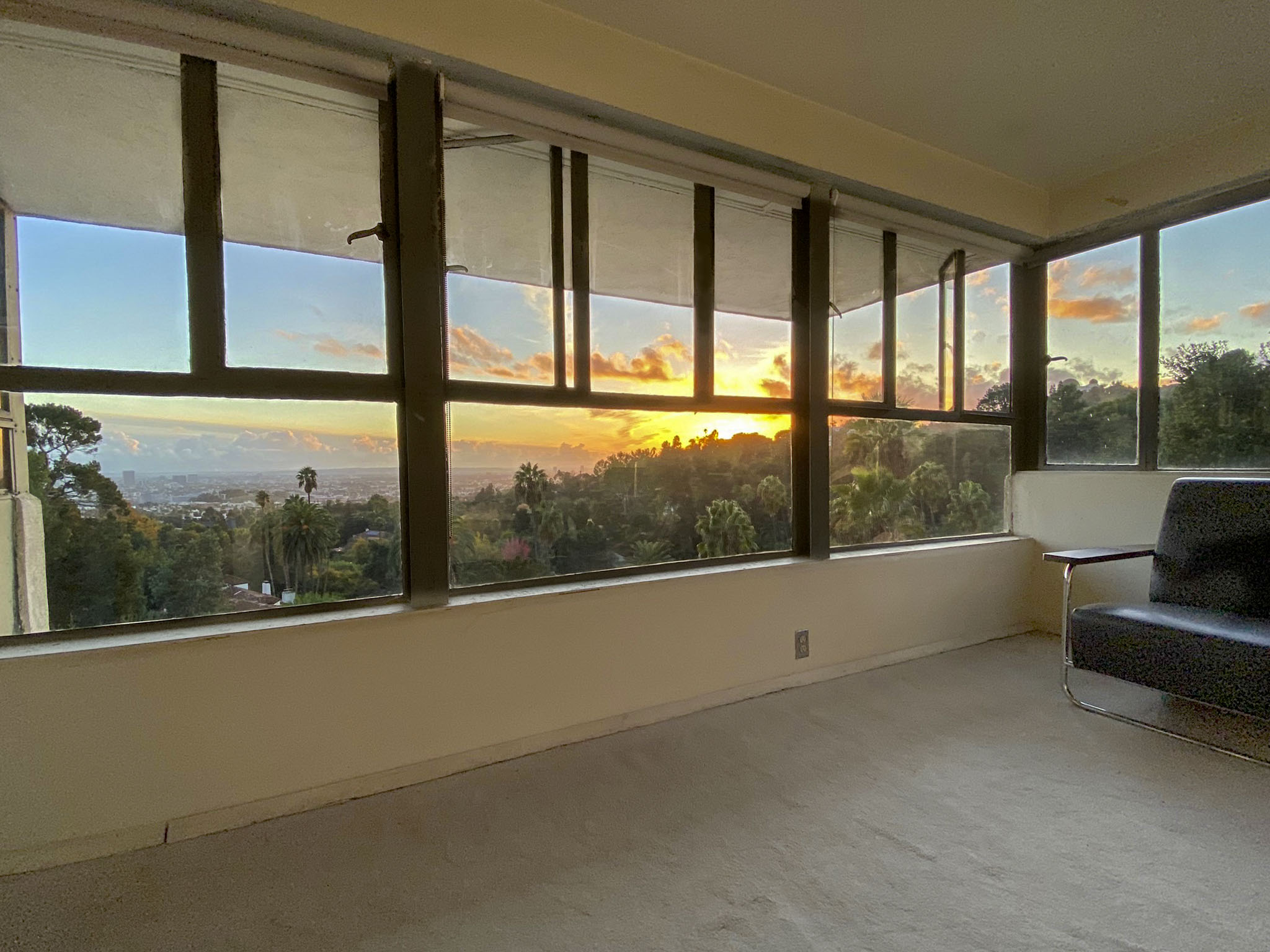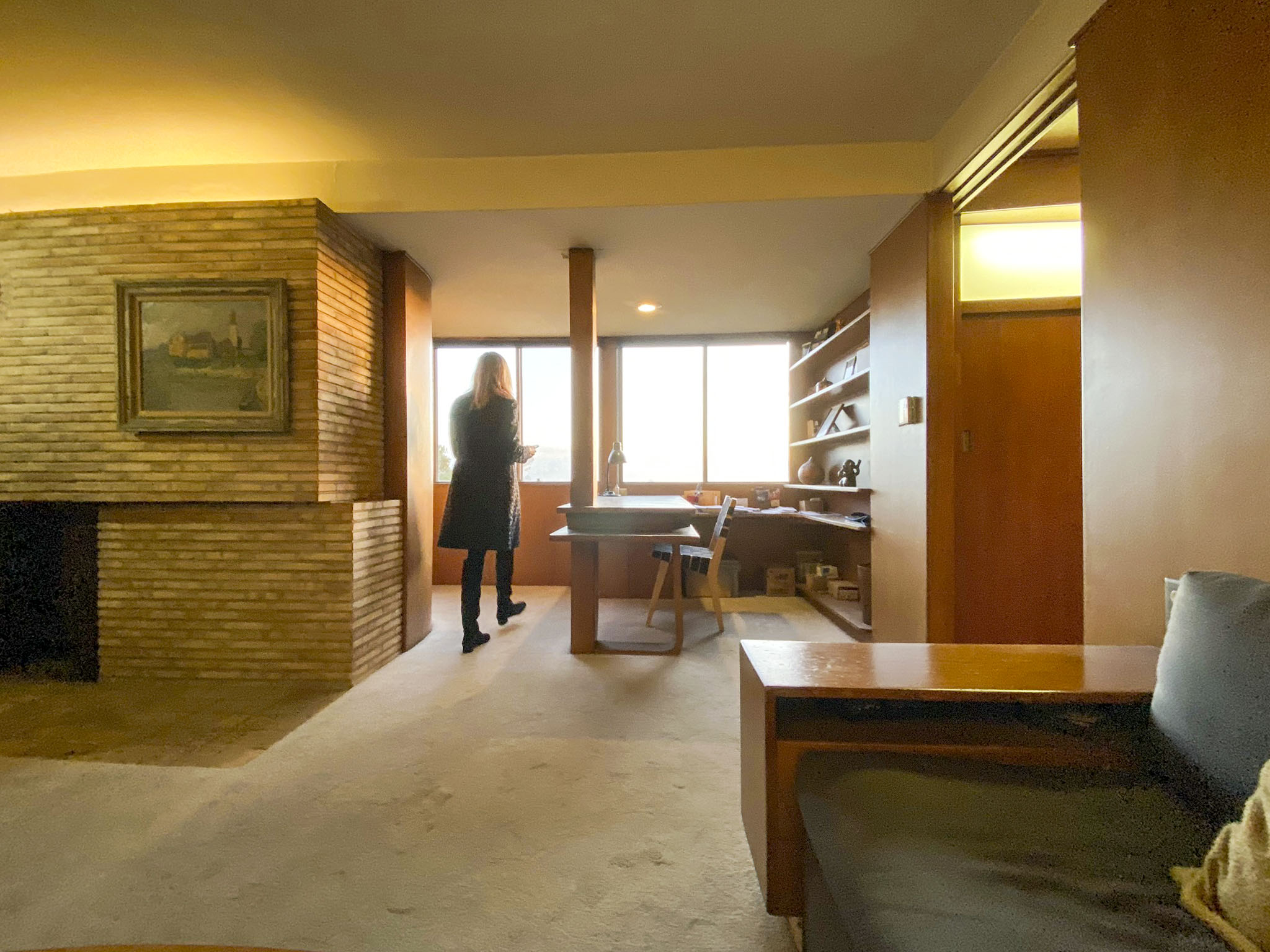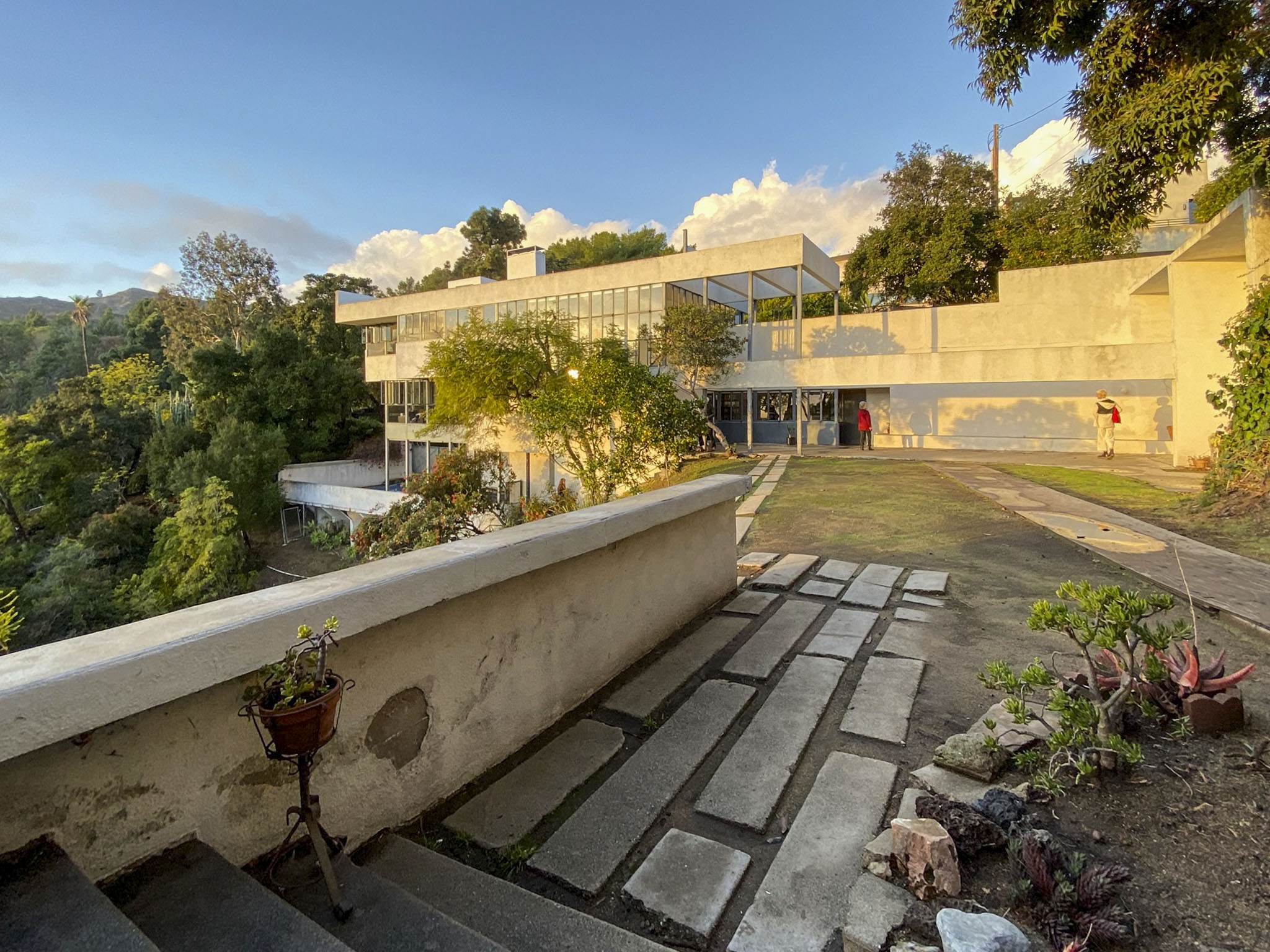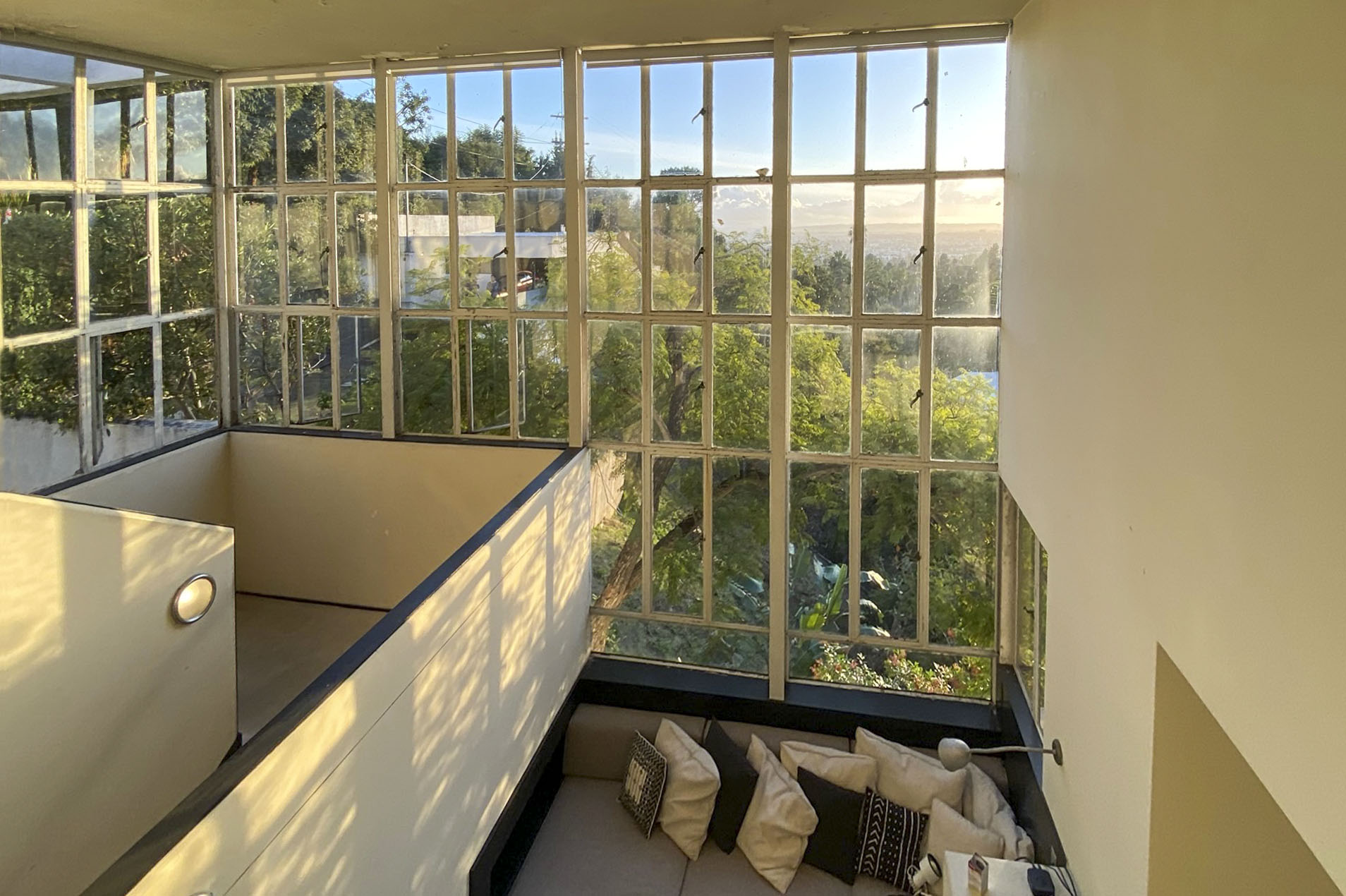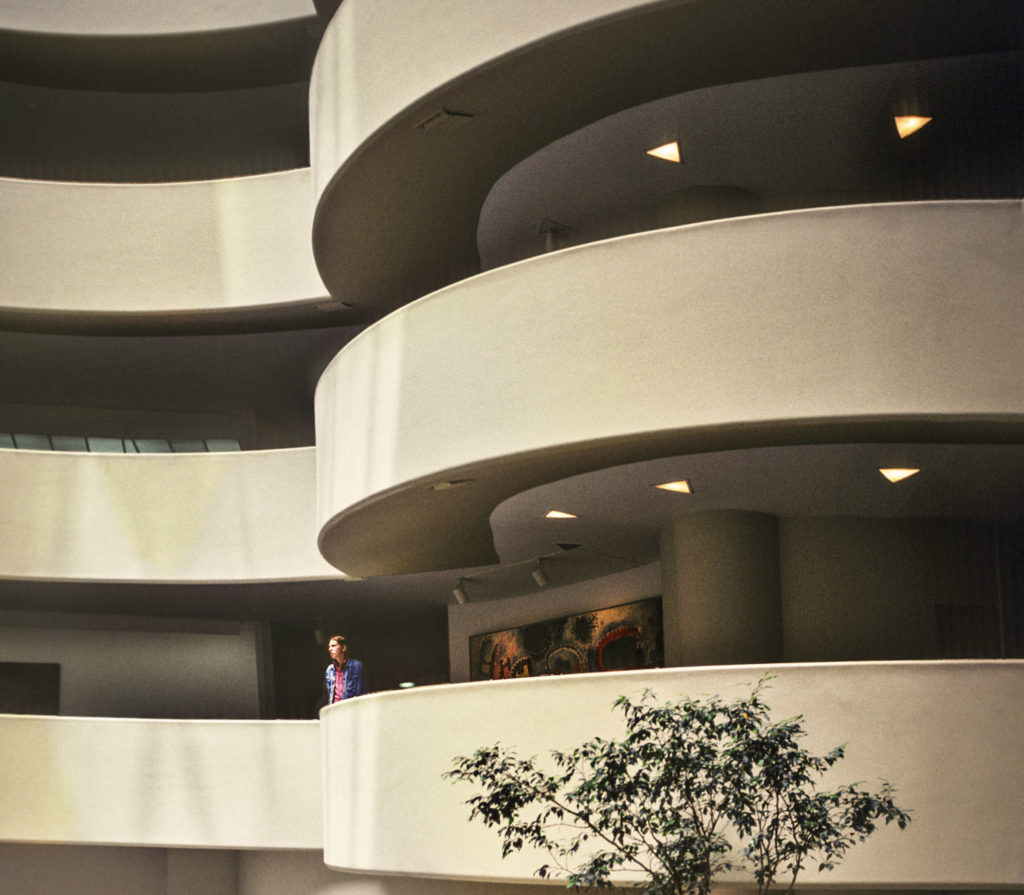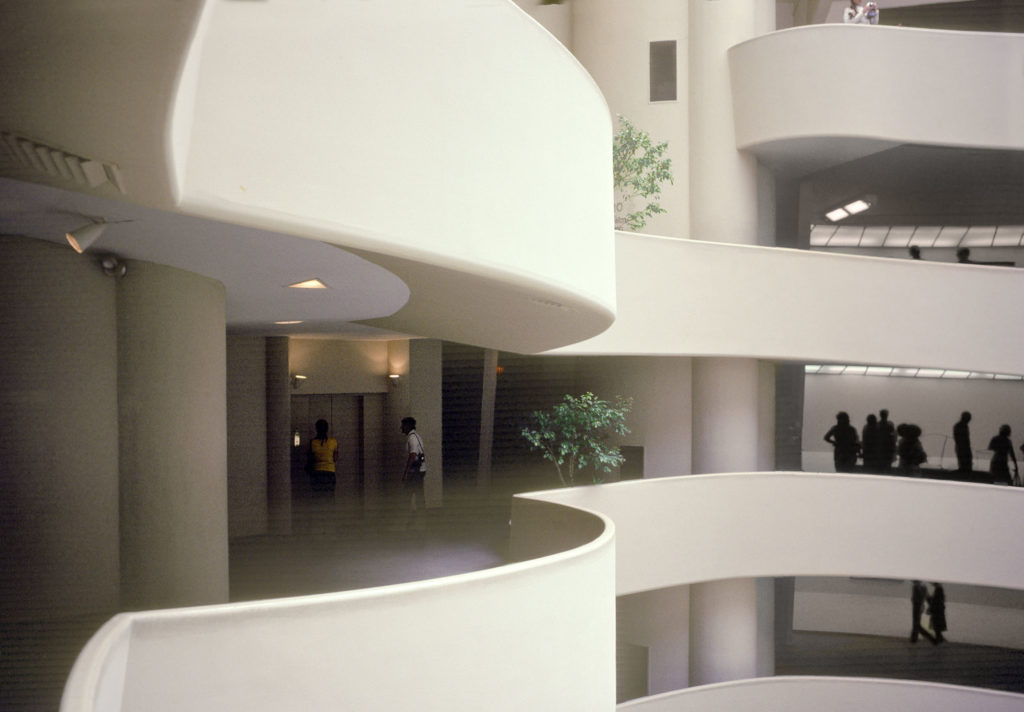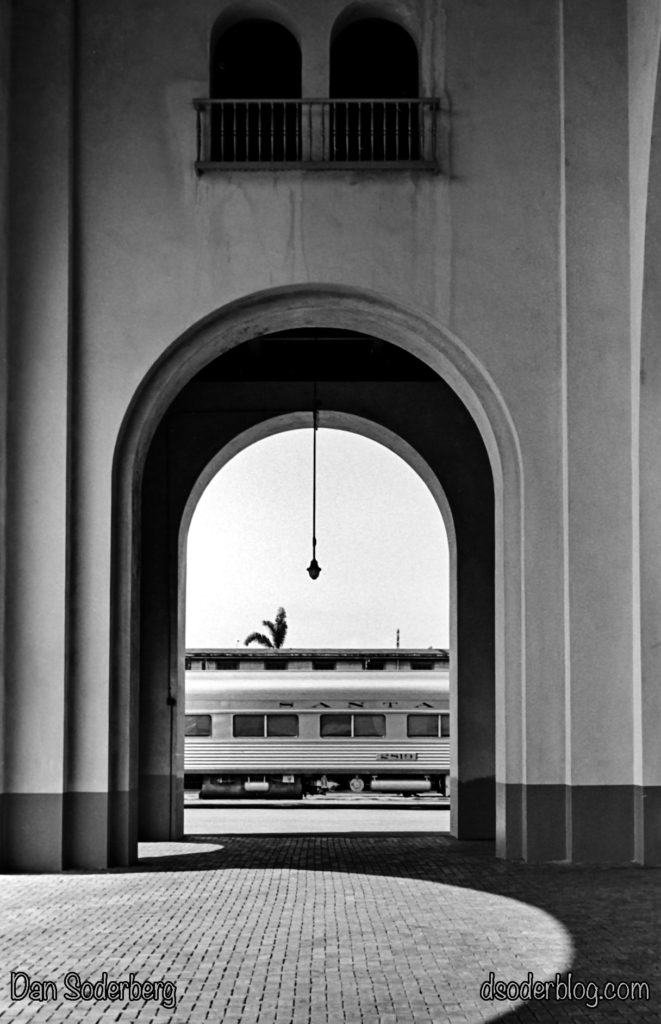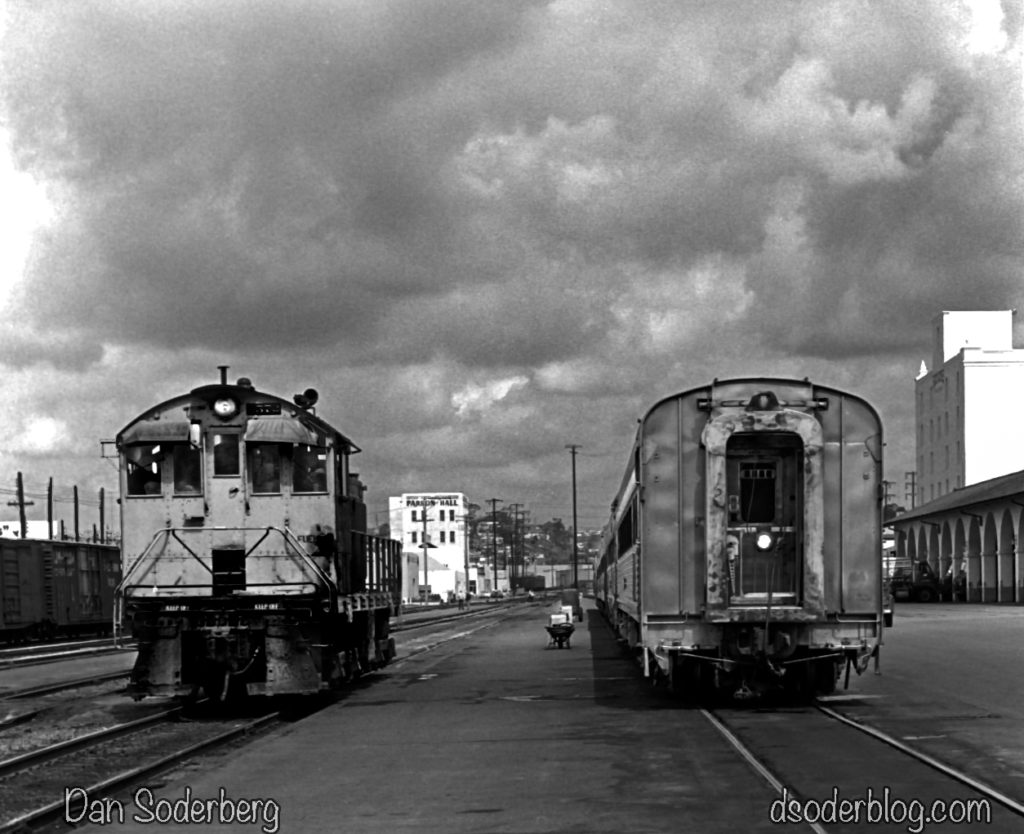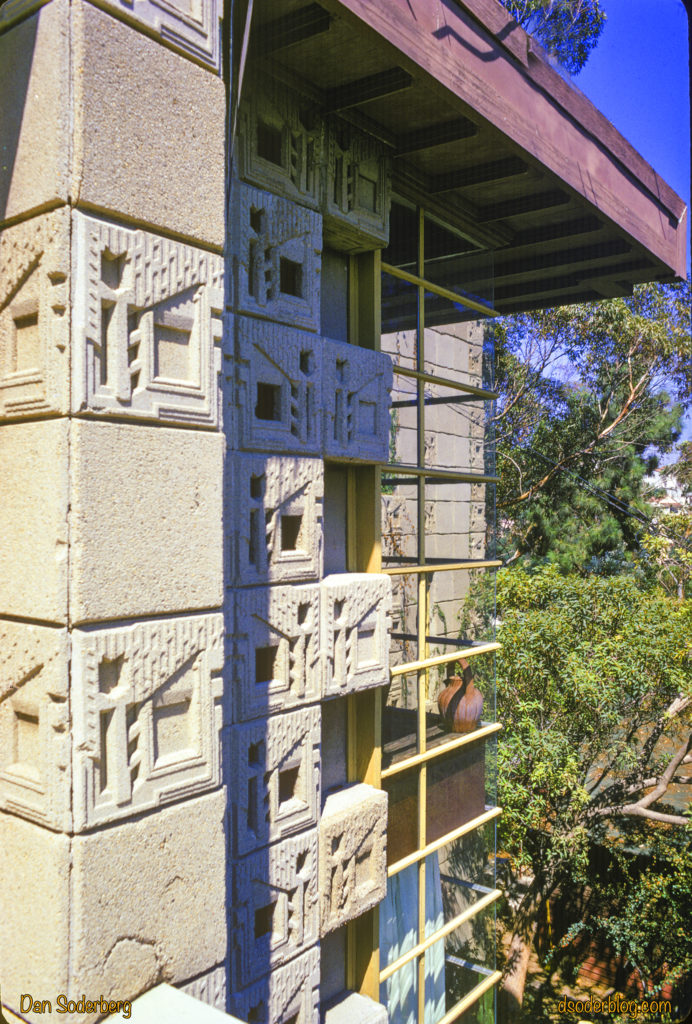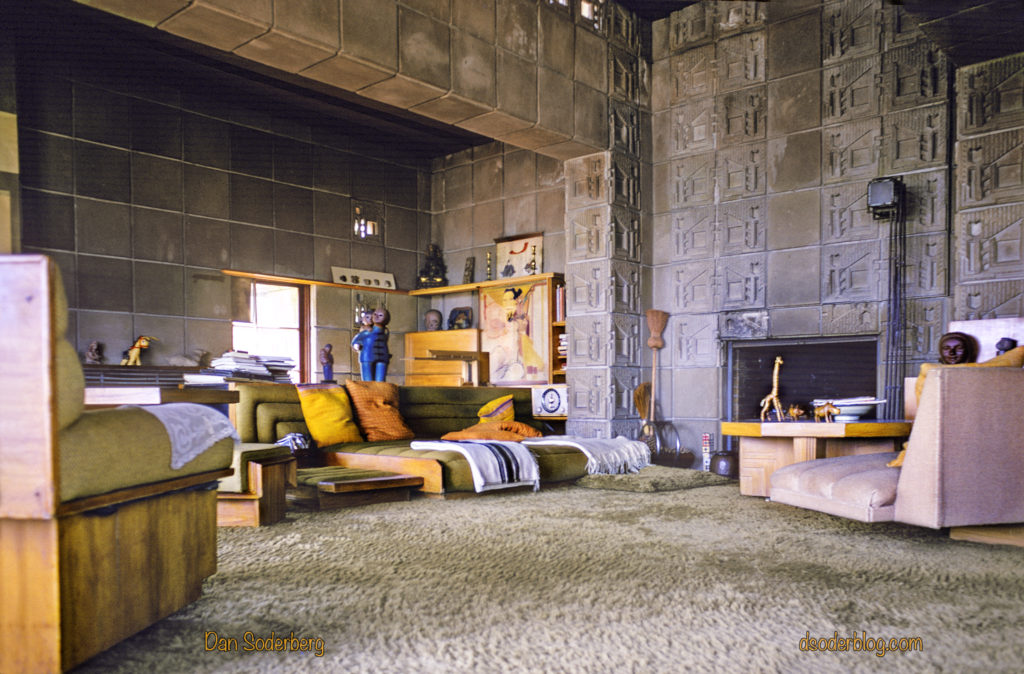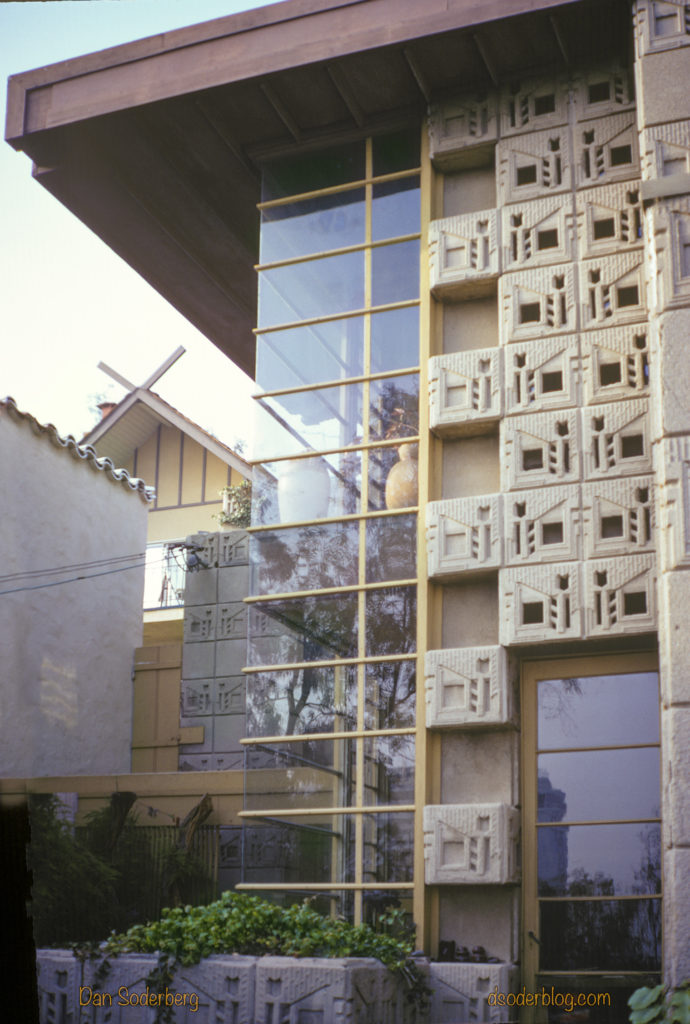
Lighting Up Amboy

In a Preservation story that began in 2005, some 14 years later a milestone was reached in Amboy with the 2019 relighting of the landmark Route 66 neon sign – Roy’s Motel Cafe. One of the most recognized sites associated with that legendary historic highway.

Amboy exists from as early as 1859. And like a lot of sites that sprinkle the Mojave map it came about because of the emergence of railroads and mineral discovery. It became a town in 1883. But the opening of Route 66 in 1926 is what gave Amboy life. Its isolated spot in the Mojave worked strategically well for weary travelers needing gas, a place to sleep, and eat.

Roy was Roy Crowl who opened the gas station here in 1938. In the 1940’s Roy’s stayed open 24 hours and expanded operations with the addition of the cafe and motel. Post World War II Amboy was hopping with business.

The Googie elements, the office and magnificent neon sign – which make the site so recognized and beloved – were added in 1959.

But it was the Interstate that killed Amboy, when I-40 bypassed the town in 1973. Amboy eventually became a ghost town.
But fast forward to 2005 when a chain of chicken restaurants came to the rescue. It was Albert Okura The Chicken Man, founder of Juan Pollo Chicken, with operations in 28 Southern California locations.
One location is on Historic Route 66 in San Bernadino. At the same spot Okura operates a Route 66 museum. Also nearby he owns the site of the very first McDonalds restaurant site. The McDonald’s building no longer exists, and you can’t buy hamburgers there. But there is a McDonald’s museum on the property.
Okura’s dream is to have the entire site at Amboy, the Motel, Cafe, and gas station, in full operation once again. Restore it and they will come seems to be his driving belief.













